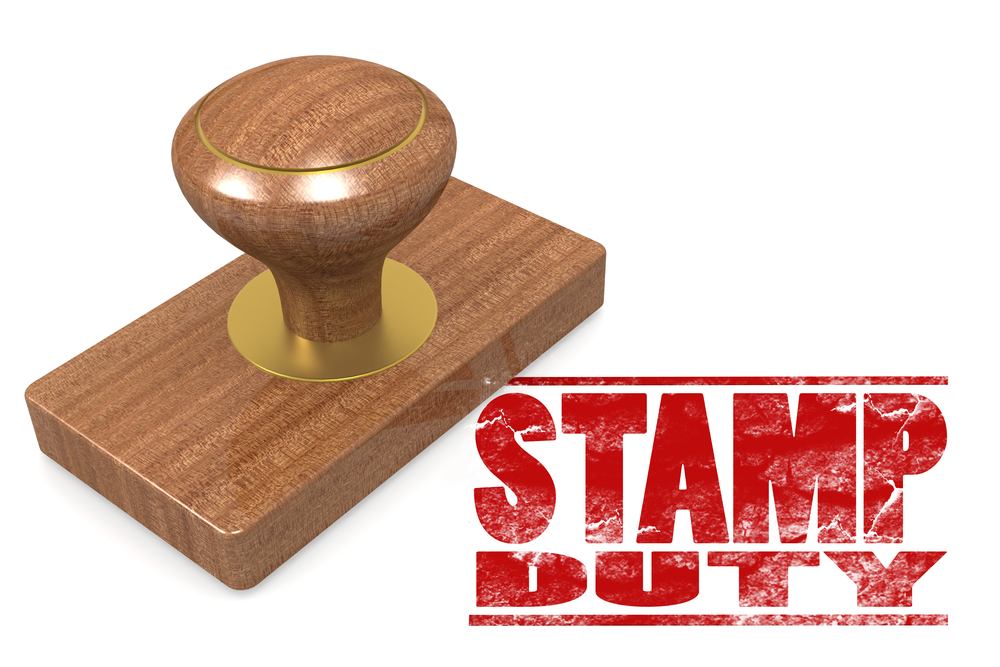
Changes to Stamp Duty Rates in Wales
Wales is about to see a shift in its stamp duty system. The UK Stamp Duty Land Tax (SDLT) system is to be replaced (in Wales only) by the Land Transaction Tax (LTT). What has prompted this change and what does it mean for sellers and lessees of properties in Wales?
Impetus for change
The move to the new system is the result of lobbying for the stamp duty system to be made fairer and simpler to operate and understand. This, in turn, is expected to result in improvements to efficiency and effectiveness – which, in all likelihood, means that total revenue collection will rise. There was also a strong push for a system that focused on Wales, and the particular needs of the Welsh property market and of Welsh national interests.
When does the LTT come into force?
The new system will be effective from April 2018.
When will LTT be payable?
The system is similar to SDLT, in that anyone who buys or leases land or a building above a particular price threshold is obliged to pay. As well as house sellers and buyers, businesses with an interest in the property market (such as builders and property developers) and anyone involved in property transactions (including solicitors) must get to grips with the new system.
How does the LTT compare to the SDLT?
The LTT retains the broad structure of the SDLT and replicates many of its most important elements, including those relating to trusts and reliefs, and partnerships.
What are the tax rates under the LTT?
The rates are those agreed by the Welsh National Assembly, which are shown in the table below:
| Price Threshold | LTT rate |
|---|---|
| The portion up to and including £180,000 | 0% |
| The portion over £180,000 up to and including £250,000 | 3.5% |
| The portion over £250,000 up to and including £400,000 | 5% |
| The portion over £400,000 up to and including £750,000 | 7.5% |
| The portion over £750,000 up to and including £1,500,000 | 10% |
| The portion over £1,500,000 | 12% |
Purchasers of residential leasehold properties may need to pay LTT using the above rates. Property rents on residential properties do not attract LTT.
Is there any change to the higher rates charged on additional residential properties?
The higher rates of SDLT applicable to second homes and other additional residential property purchases, which came into force in April 2016, are unaffected. They are mirrored in the LTT. This means that purchasers will continue to pay 3% on top of the standard residential rates.
Who collects the LTT?
Responsibility lies with the Welsh Revenue Authority (WRA). The WRA has a handy tax calculator on its website for anyone unsure of their liabilities.
How can we help?
If you are contemplating or planning a property purchase or lease in Wales, we can advise you further on how the LTT may affect your transaction. Please contact Christopher Furbey or Horup Khan in the CJ Law conveyancing team for a confidential discussion.
Solicitors in Stockport & Solicitors Manchester
We are proud of the service we give and the impact we make on our clients. If you need advice or representation please call and speak to one of our team, we can make a difference. We offer a totally bespoke service to all our clients which is achieved by providing expert and practical legal advice combined with a determination to achieve the best possible results – all done in a personal but professional manner.
